
Algorithmic trading involves using automated systems for order execution through pre-programmed trade directives to account for variables like prices, time, and volume. The main reason for using algorithmic trading is leveraging computer systems, resources, and speed, and not humans for trade in a predefined market. As a result, trading generates profits at a faster rate and frequency, which would otherwise be unattainable by a human trader.
Algorithmic trading encompasses essential but variable aspects that you must perfect to benefit fully. It is a trendy aspect of trade, so many authors have written algorithmic trading books. These books offer a guide to those unfamiliar with the concept and give experienced users insights on bettering the idea. This article will look at some of the best books about algorithmic trading you need to read this year.
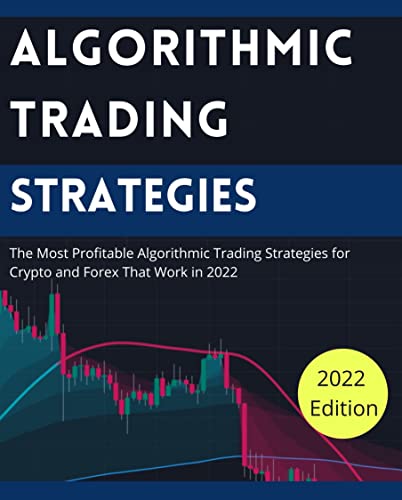
Algorithmic Trading Strategies, by Scotty Ratford (2022)
If you are ambitious enough and want to find out how you can make money using simple and effective algorithmic strategies, then this book is for you. It features income-generating trading strategies applicable for Forex, Stocks, and Crypto. It doesn’t matter what the trading position in the market is.
With a step-by-step guide, you will discover how you can create an individual algorithmic trading strategy as well as establish an automated bot for everyday trades despite all the other things you have to take care of.
The detailed guide has methods for creating and running the strategy without the need for coding or money-related expenditures. It also has secret indicators about TradingView to help you significantly increase profits that no one else is aware of. There are risk management strategies that are employed by experienced traders that are highlighted to guide you on how to maintain a profitable trade.
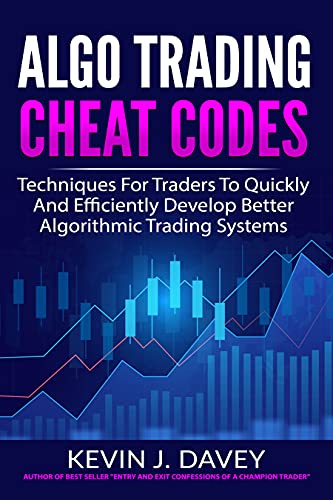
Algo Trading Cheat Codes, by Kevin J Davey
Algo Trading Cheat Codes agrees that Algo trading can be challenging but also raises the question of whether it really has to be. The author’s answer to that question is “No,” as long as you follow the appropriate approach and are advised accordingly.
Through the book, Kevin offers readers the results of extensive research with many strategies backtests. He also highlights more than fifty “cheat codes” for trading. These are valuable tips that traders can use to come up with algo strategies with more confidence and at a faster rate.
The book answers questions about easing algo trading when it seems more challenging and if there is a significant reward for risking the trade management ratio. It also lets readers know the ultimate and most amenable bar size for the creation of algo strategies. You will find out if exiting is a viable option, especially after several profitable and unprofitable closes, the best exit strategy, the best mean reversion techniques, and how to protect your algos during uncertainties.
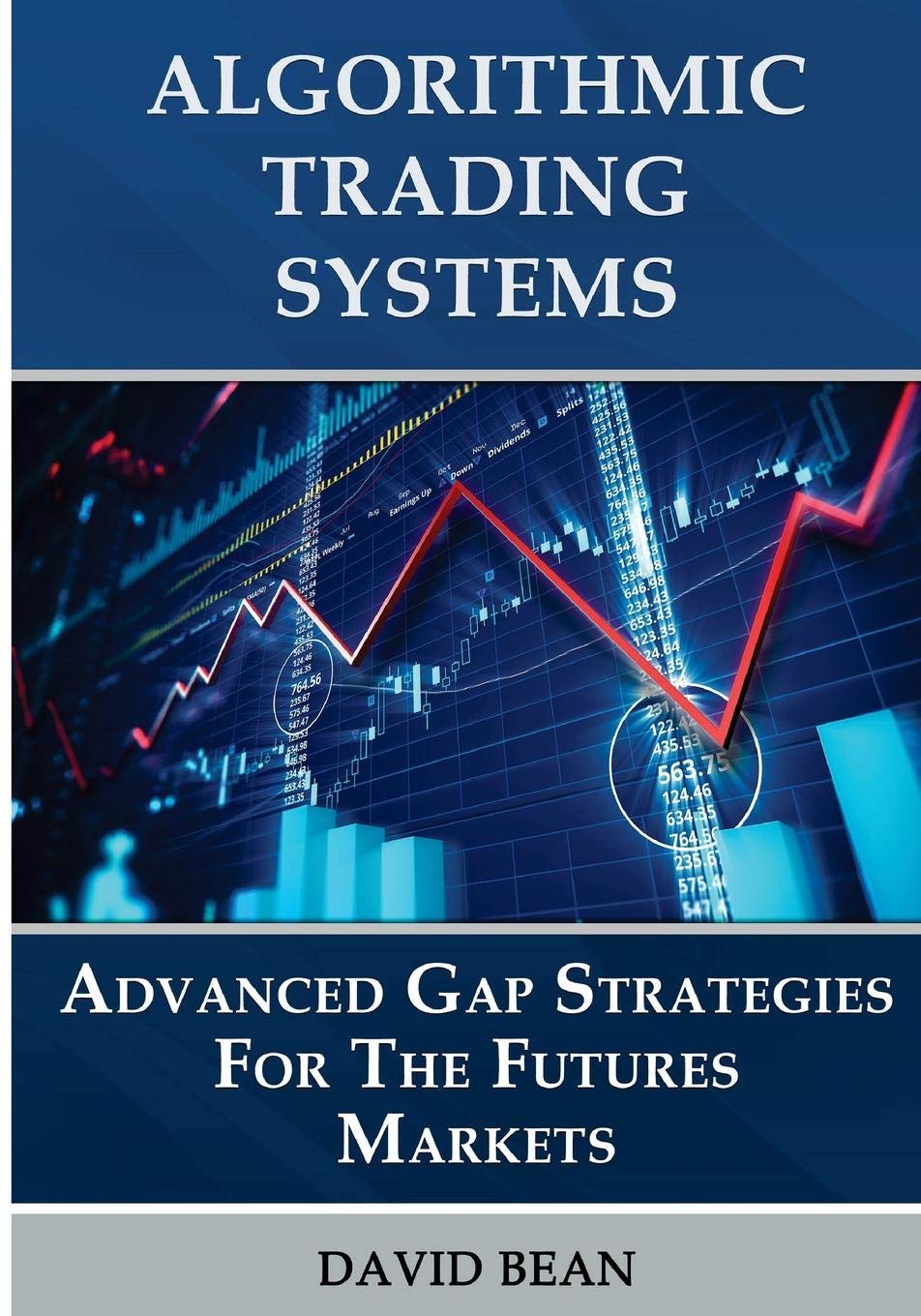
Algorithmic Trading Systems, by David Bean
This book evaluates different and advanced trading strategies available for markets in the future and analyzes how traders can utilize them in markets. As you read along, you will learn how to conduct trade filtering and be guided about several exit strategies. Additionally, you will also be shown how to use coding logic. The book will be helpful if you are looking to establish a platform in which you entirely handle coding individually.
Algorithmic Trading Systems is a book that is ideal for both novice and experienced algorithmic traders. The content in the book applies immensely to both parties. The book offers detailed information applicable to all levels of trading strategies. What’s more, it is a significant development of all that pertains to algorithmic trading- philosophical, psychological, and statistical. If you don’t have a lot of time in your hands, you will love this book because it straightforwardly presents information and gives details.
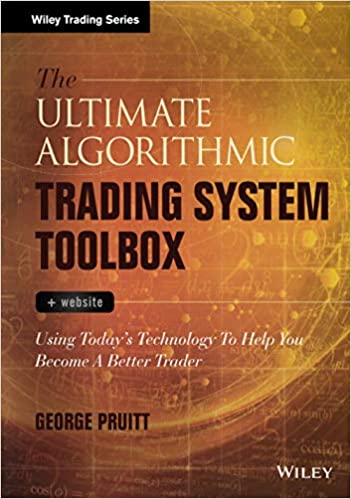
The Ultimate Algorithmic Trading System Toolbox, by George Pruitt
You need this book if you are looking to gain algorithmic trade knowledge and maximize trade seamlessly. The algorithmic trade programming, evaluation, and implementation technologies keep evolving, but this book helps you. You can learn a lot about the assessment of trading systems and discover their strengths and defects through it. You will learn how to develop your trading solution and be shown how to employ coding to establish a trading solution effectively.
The book’s primary focus is the popular programming tools required to create and backtest the
technical aspects of trading systems. It shows that you can exploit the technology even without a computer science degree to make viable systems at a lower cost.
It features a broad spectrum of technology offerings and has advice on acclaimed trading software packages. There are detailed mathematical examples and explanations to grasp the highlighted concepts easily. The extensive and well-explained sample codes will draw you even more.
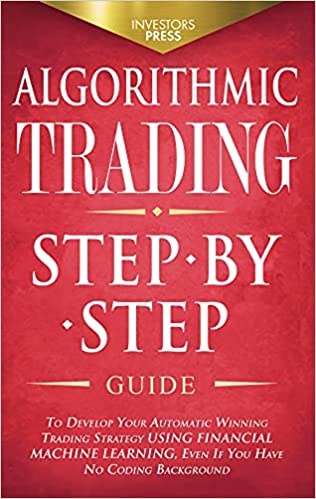
Algorithmic Trading, by Investors Press
This is a valuable book for lay investors and those already well-versed with algorithmic trading. It demystifies the tasks that day traders, hedge funds, and brokerages carry out. You will find a simple yet detailed explanation relating to how algorithmic trading comes to be. You are also guided on the exact steps needed to develop and execute a trading algorithm. Additionally, you will be equipped about where to source consistent trading ideas and be helped to discover unhelpful ones. Learn how to trade without a coding background before going live to begin execution.
The book offers vital points about risk management straightforwardly for easy understanding. Get to know the essential tool for risk management that applies in every trade. You will also learn about the four prevalent pitfalls that traders make and how you can watch out for them. There are valuable resources to help you further your algorithmic trading knowledge and skills.
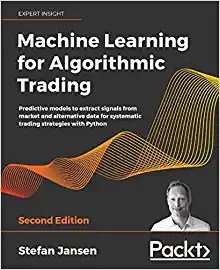
Machine Learning for Algorithmic Trading, by Stefan Jansen
Algorithmic trading can benefit significantly from machine learning through the added design value and trading strategies. This book covers various data sources and a development process strategy with various machine learning solutions. It highlights different trading challenges to provide a strategic perspective and comprehensive understanding with practical tools for building on Machine Learning.
This book is simply about how to leverage machine learning to enable you to come up with trade designs and backtest automated strategies. You will learn how to do that using backtrader, Gensim, SpaCy, pandas, pyfolio, Zipline, and more. It is ideal for data analysts, data scientists, Python developers, investment analysts, and portfolio managers to get a hands-on machine learning experience.
You will learn how to use the market, image, and text data and employ machine learning to solve upcoming investment and trade challenges. You will also learn to develop a pairs trading strategy as determined by ETFs and US equity cointegration.
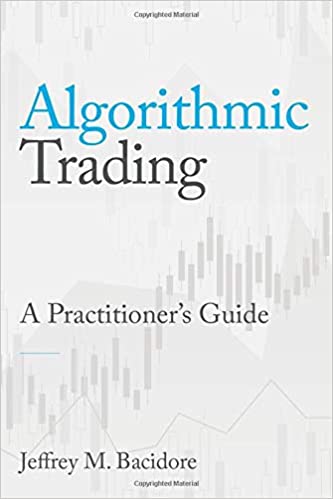
Algorithmic Trading, by Jeffrey M Bacidore
This book delivers all essential aspects that pertain to algorithmic trading. It offers a practical introduction for those unfamiliar with the concept and makes it executable for the modern world.
The algorithmic landscape today is intensely technical, variable, and at the same time intimidating. However, Jeffrey helps readers by uniquely merging a theoretical knowledge with a practical guide based on his long-time experience in leading brokerages, NYSE, and a quant fund. He explains how to build and use algos using various contexts to provide an extraordinary and accessible framework for evaluating algo choices.
Through the book, you will find out if dark pools are useful, when to opt for a VWAP algo, and the functioning of portfolio algos. Additionally, you will also see how necessary routing is, compared to timing and child order placements and how you can measure the execution efficiency across different choices. Algorithm Trading is a guide that addresses the questions every algorithmic execution trader or portfolio manager keeps asking.
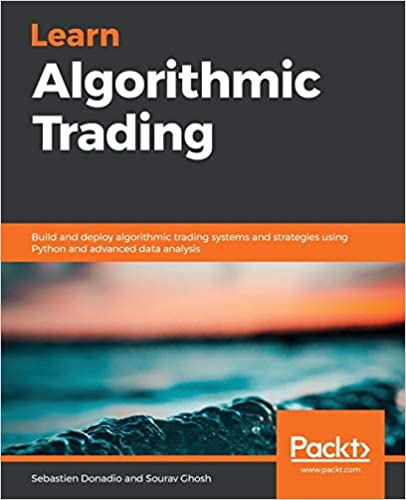
Learn Algorithmic Trading, by Sebastien Donadio & Sourav Ghosh
Learn Algorithmic Trading is a book that helps you make out algorithmic trading fundamentals and effectively apply algorithms to actual market data. It offers a real-world strategy analysis. All this information is provided alongside detailed examples applicable in financial markets. You will learn how to develop your robots for algorithmic trading to avoid the need for human intervention.
Additionally, the book provides you with vital information about the application of machine learning for algorithmic trade signals with highlighted essential Python strategies. Readers are offered insights about building, visualizing, and analyzing trade strategies as determined by economic releases, mean reversion, trends, and more.
To help guide you about how you can improve the performance of your bots, the book contains information about building a back tester for running simulated trade strategies. What’s more, you will be helped to discover the deployment and incorporation of trading strategies in an actual market for improved and maintained profitability.
Conclusion
Algorithmic trading can be challenging for some. It entails the use of complex formulas and also employs mathematical models for trade plan creation alongside human oversight. That is why anyone who is actively involved or plans to get involved must be fully aware of how algorithmic trade works for it to be effective. Apart from learning as you practice or from others, the algorithmic trading books highlighted above are excellent choices to enhance your knowledge.
If you want to learn more about the practical side of trading, check out our selected Forex trading books.
